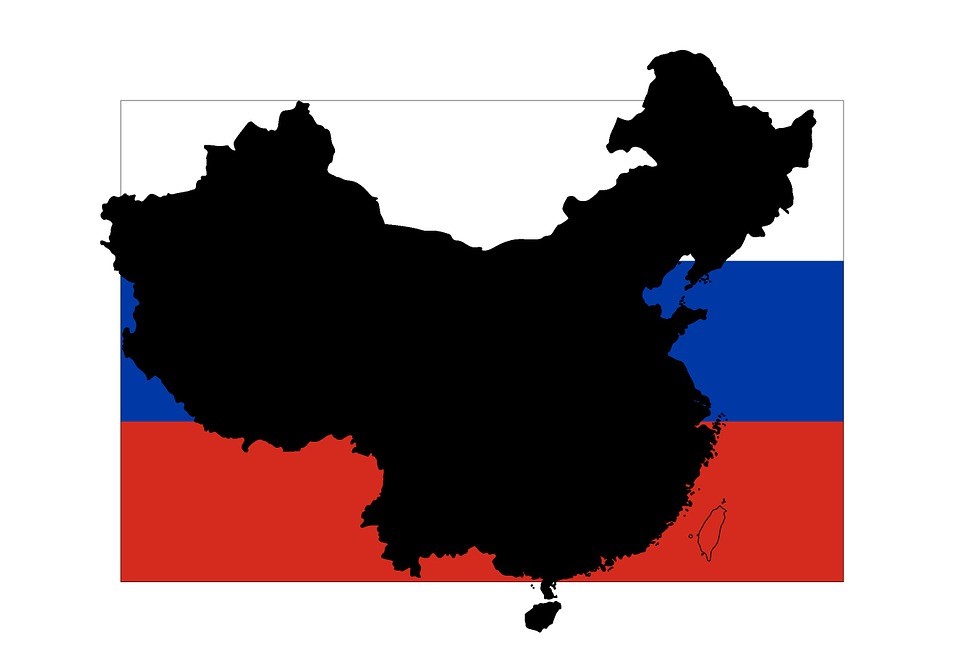There is a tendency to see the various military crises across the globe as separate threats. In reality, they are deeply interconnected. The latest example can be seen in an Associated Press report revealing that Iran-backed Hamas used North Korean weapons in its brutal assault on Israel.
The free world secured its interests following the Second World War by developing a series of powerful global alliances. NATO accomplished this in Europe, and relations, some formal and some not, between the U.S., Japan, South Korea, Australia, New Zealand, Taiwan and the Philippines did the same in Asia.
Now, however, the opponents of democracy and capitalism are combining to challenge the sovereignty of nations, the rights of individuals, and the avoidance of conflict with an alliance of their own. President George Bush (43) coined the term, “Axis of Evil,” and the description was highly appropriate.
Iran and North Korea provide weapons and ammunition for Putin’s Ukrainian war effort. Moscow provides missile technology to Tehran. China and Russia have become virtually inseparable, engaging in joint military exercises across the globe and extensive trade. Iran and North Korea have formed a significant relationship, particularly in arms development. The four axis powers combine to assist each other in avoiding penalties and sanctions for their ongoing misdeeds.
As noted by the Rand Corporation, “Over the past few decades, China and Iran have developed a broad and deep partnership centered on China’s energy needs and Iran’s abundant resources as well as significant non-energy economic ties, arms sales and defense cooperation, and geostrategic balancing against the United States. This partnership presents a unique challenge to U.S. interests and objectives. In particular, China’s policies have hampered U.S. and international efforts to dissuade Iran from developing a nuclear weapons capability…”
The global affairs website 38north adds another example, noting that “Four decades after the Iranian Revolution, the Democratic People’s Republic of Korea (DPRK) maintains a close partnership with Iran. On June 20, 2021, North Korea’s Supreme Leader Kim Jong Un congratulated Ebrahim Raisi on his presidential election victory and wished him success in “building a powerful Iran.” This rhetoric coincided with evidence of growing security cooperation between the two countries. A recent United Nations (UN) report revealed that North Korea and Iran are cooperating on long-term missile development projects, which included the shipment of parts in 2020. North Korea’s hypersonic missile tests have also raised concerns about technology transfers to Iran, which developed a testing facility for hypersonic weapons in 2014.”
In August, Iran Primer Reported that “In…2022, Iran’s supply of lethal drones to Russia sparked international interest and alarm. By December, Iran had reportedly supplied more than 1,700 drones capable of suicide bombings, surveillance and intelligence, and combat, according to Ukrainian military intelligence. By early 2023, Tehran and Moscow had reportedly developed plans to produce some 6,000 Iranian models at a new facility in Russia. The following is a timeline of Iran’s exports to Russia and Russia’s usage of Iranian drones.
In return for Iranian assistance in prosecuting the Ukraine invasion, notes Reuters “Russia said it need no longer obey U.N. Security Council restrictions on giving missile technology to its ally Iran once they expire on Wednesday, without saying whether it now planned to support Tehran’s missile development.”
Recently, Putin met with his Chinese counterpart, Xi. As described by The Daily Mail, “A gleeful Putin has declared that China is ‘in tune with Russian ideas’ as President Xi has praised the two countries’ ‘continually deepening mutual trust’…Putin also stressed that close political coordination was ‘necessary in current difficult times’.”
Flashpoints in Europe, the Middle East, and the Indo-Pacific each carry the risk of developing into worldwide conflicts due to the connections between the Axis powers.
Illustration: Pixabay
